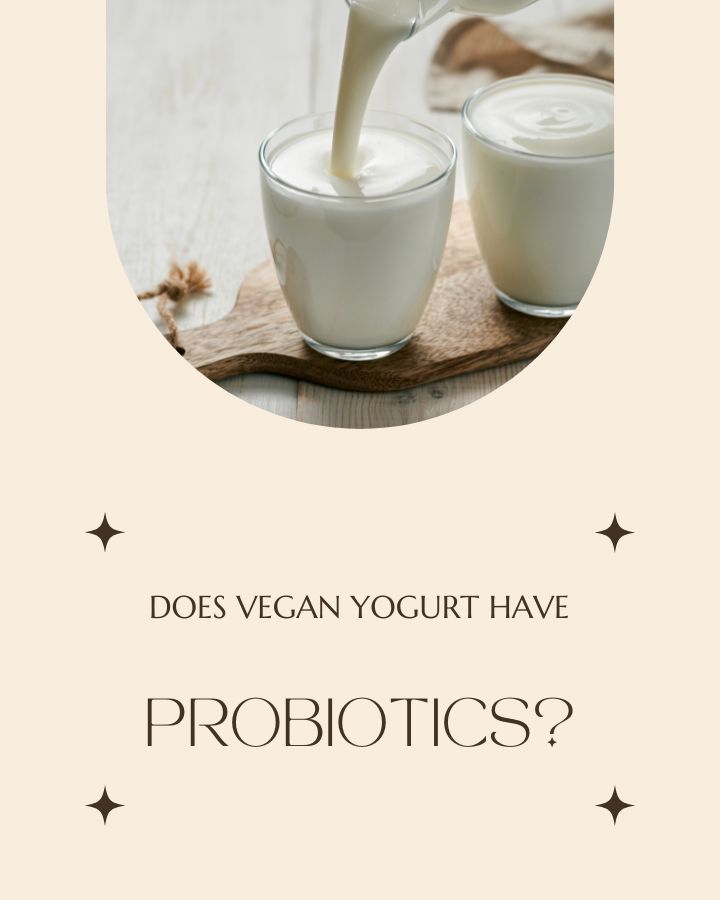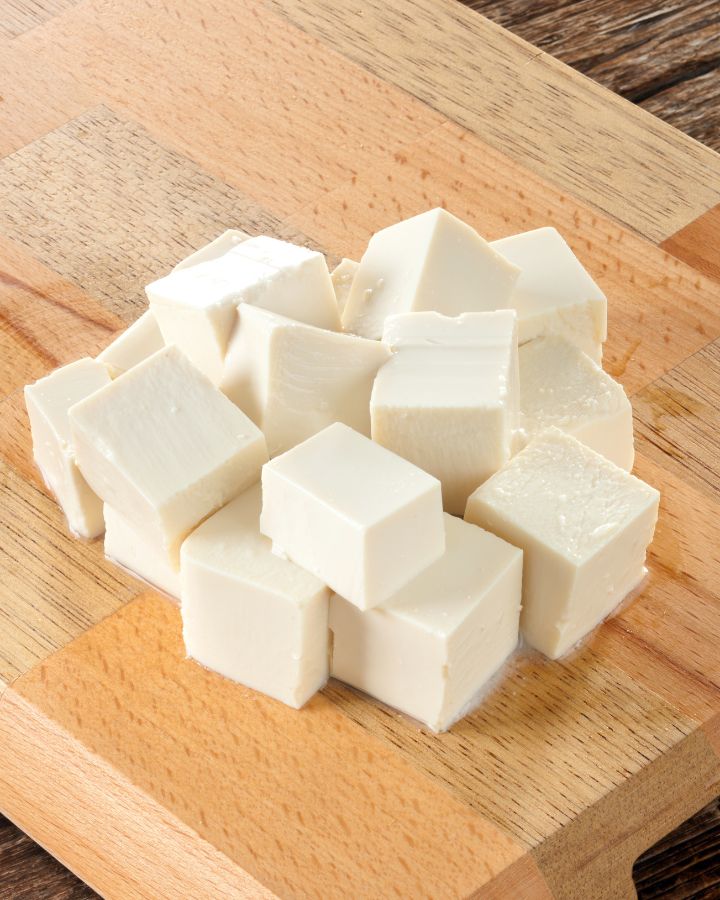Transitioning to veganism has a lot of different components that you need to keep in mind, so let me help you make at least one of them pretty straightforward – figuring out which foods are actually vegan. In this vegan’s guide to reading food labels, I guide you through three easy steps that can help you quickly and with certainty identify vegan foods.
Your Definition of Vegan
It all starts with your definition of what vegan means to you, and why you’ve decided to take the leap and change your diet. Are you an ethical vegan, an environmental vegan, a health vegan, or a religious vegan?
You don’t have to pick just one; but ultimately your reasons for why you decided to go vegan will determine which foods you want to include in your diet.
The guide below simply explains how to determine whether a food product contains animal ingredients. The rest is up to you.
Step 1 – Look for the Label
The good news is that eating vegan today is so much easier than it was ten or even just five years ago. A lot of products are labeled as vegan or vegetarian.
This is the easiest and the most reliable way to eat only vegan food. The vegan label means that the product is not only made with 100% certified vegan ingredients, but also produced in a cruelty-free environment.
Important Note!
There are two different labels for vegetarian and vegan friendly products. If something has the vegetarian label, it doesn’t mean it’s automatically vegan. It usually still includes dairy and/or eggs, but not actual animal parts (meat, fish, animal fats, gelatine, etc).
Below I’ve gathered the most common official vegan labels from around the world. When you spot one of these, there’s usually no need to proceed to step 2.
Step 2 – Look for Allergy Warnings
Many products have taken the approach of using “Free From” labelling. This most commonly includes free from dairy, free from eggs, and free from gluten. But please keep in mind that just because something says it is “free from dairy” or “free from egg,” it does not mean that it’s vegan. It simply means that it’s suitable for those avoiding dairy or eggs in their diet.
In case you aren’t 100% sure a product is vegan, take note of the “Free From” label, and then pursue the ingredients list.
Step 3 – Read the Ingredients List
Every vegan’s worst case scenario, but one that often comes true – something looks vegan, but it doesn’t have the label. Why?
It’s time to put on your detective hat and carefully go over the list of ingredients. Some are straightforward, but some not so much. I’ve compiled a list of scientific sounding ingredients that are actually just another name for animal products (and in some cases, pretty gross).
- Albumen (typically derived from eggs)
- Aspic (similar to gelatine)
- Carmine (a colored extract obtained from Cochineal, a scale insect living as a parasite on Opuntia cacti)
- Casein (milk protein)
- Castoreum (comes from the castor sacs of male and female beavers, labelled as natural flavouring)
- Cod liver oil (fish oil)
- Collagen (made of skin, bones and connective tissue of animals)
- Curds (dairy)
- Elastin (similar to collagen)
- Gelatine (made from ground up animal bone and skin, can often be found in jams, marshmallows and gummy bears)
- Honey (bee product)
- Isinglass (dried swim bladder of fish, used to clarify wine, fruit juice and beer)
- Keratin (made of skin, bones and connective tissue of animals)
- L-Cysteine (can be found in duck and chicken feathers and cow horns, but most that’s used in food comes from human hair)
- Lactose (dairy)
- Lanolin (made from the skin glands of sheep, naturally conditions their wool)
- Lard/tallow (animal fat)
- Lysozyme (animal enzyme)
- Ovalbumin (egg protein)
- Pepsin (made from stomach of pigs)
- Propolis (used by bees for construction of hives)
- Recaldent (dairy, often found in toothpaste)
- Royal Jelly (a substance secreted by the hypopharyngeal glands of worker honey bees, stimulates the growth and development of queen honey bees)
- Shellac (made from the bodies of the female scale insect Tachardia lacca)
- Tagatose (dairy)
- Vitamin D3 (sometimes derived from fish liver oil, but not necessarily)
- Whey (dairy)
What’s more, some companies have gone as far as to hide animal products in ingredients called e-numbers. Be sure to keep an eye out for these:
- E120 (Carmine)
- E901 (Beeswax)
- E441 (Gelatine)
- E910, E920, E921 (L-Cysteine)
- E913 (Lanolin)
- E966 (Lactitol)
- E542 (Bone Phosphate)
- E904 (Shellac)
Why are some products not labeled as vegan even though there are no animal products in it?
If all the ingredients actually seem plant-based, then it’s possible that the brand simply doesn’t want to promote their product as vegan because they feel it won’t appeal to their wider audience, which is non-vegan. A quick google search will often reveal if you’re right; try searching for accidentally vegan products and you’ll be surprised.
A Few Extra Things to Keep in Mind
- May contain: this means a product was made in the same factory as other animal products, but doesn’t actually/intentionally contain the listed products. Businesses are legally required to state that in order to protect themselves from lawsuits in case of allergic reactions caused by cross-contamination. Whether or not this bothers you depends on your personal preferences and definition of veganism.
- Lactose free: this is not the same as dairy free. Lactose can be removed from dairy milk to make it suitable for those with lactose intolerance.
- Sugar: sugar cane may be processed with bone char from cows. If there’s no vegan label and the rest of the ingredients seem vegan, it’s best to look up the brand or product online.
- This product is suitable for vegans: this is sometimes added below the list of ingredients (or elsewhere on the packaging), even though there’s no vegan label, to make our life easier.
My Approach
I predominantly define myself as an ethical and environmental vegan who tries to stay fit and healthy, but doesn’t follow a plant-based diet for health reasons. When possible, I like to stick to foods with no ingredient lists – unprocessed plant foods such as fruits, vegetables, nuts, seeds, legumes and beans!
When I’m not cooking from scratch, I tend to go with products that have the label. It makes my life easier, and at the same time I’m supporting businesses who made the conscious decision to promote their products as vegan.



Leave a Reply